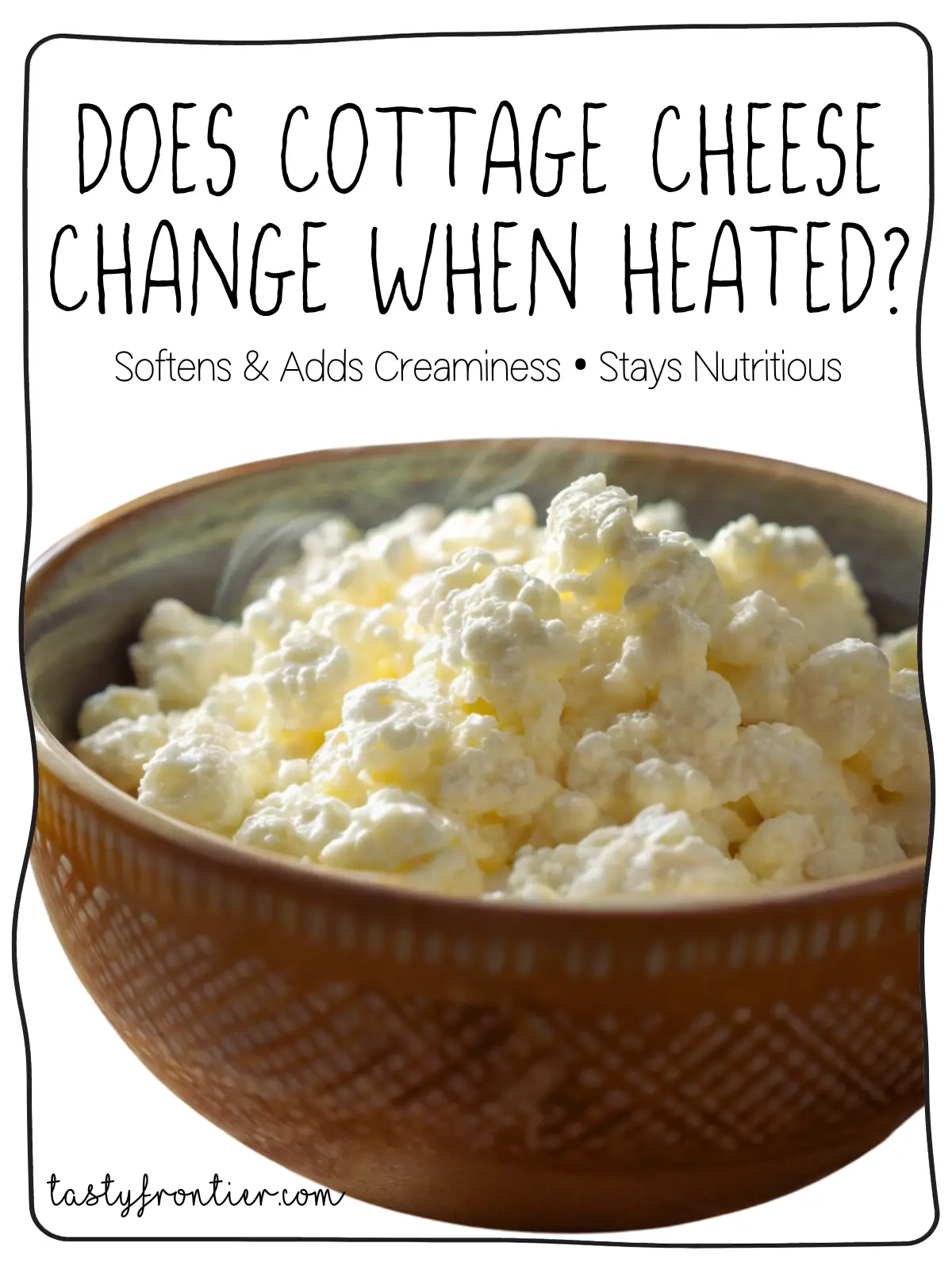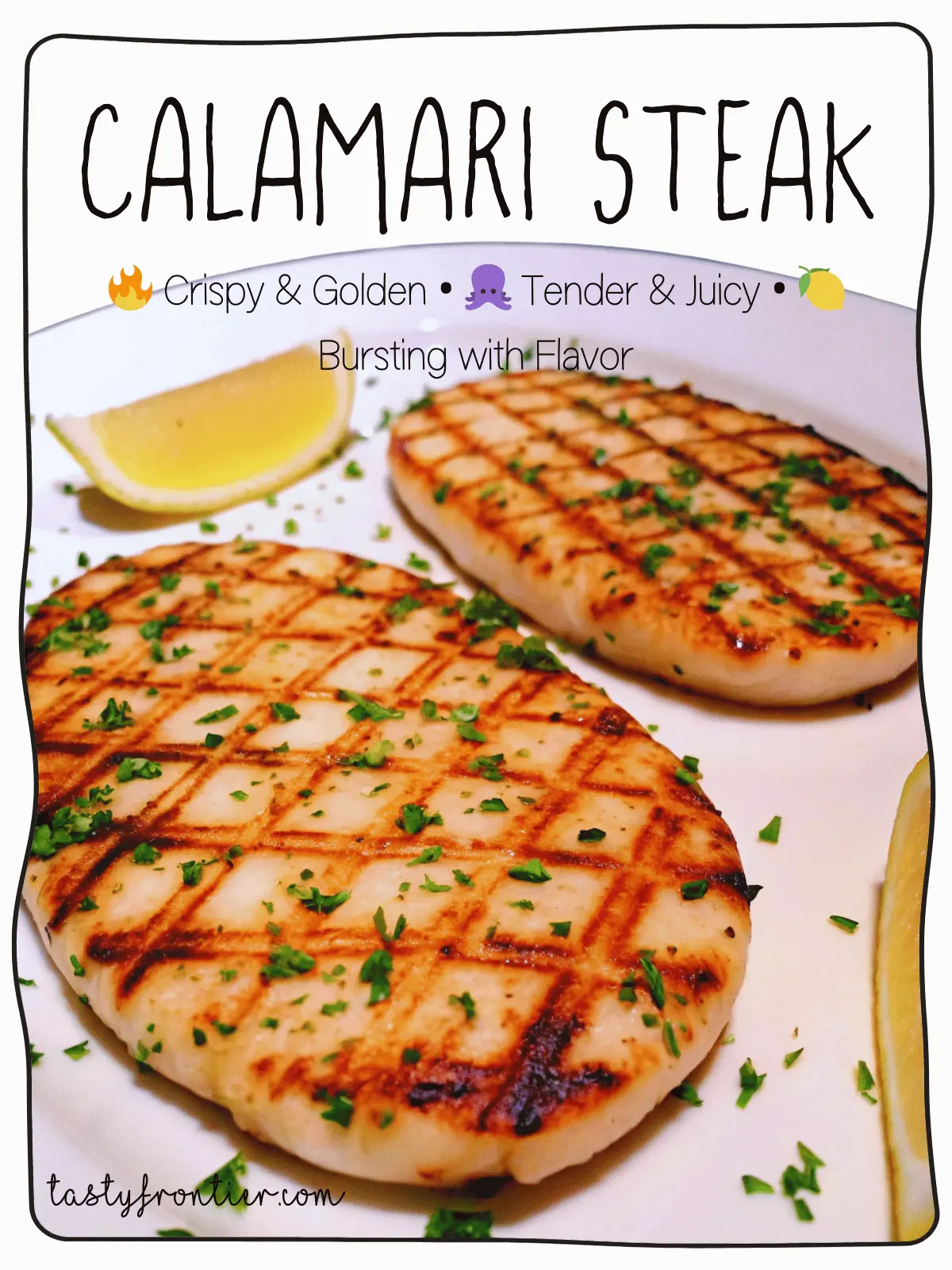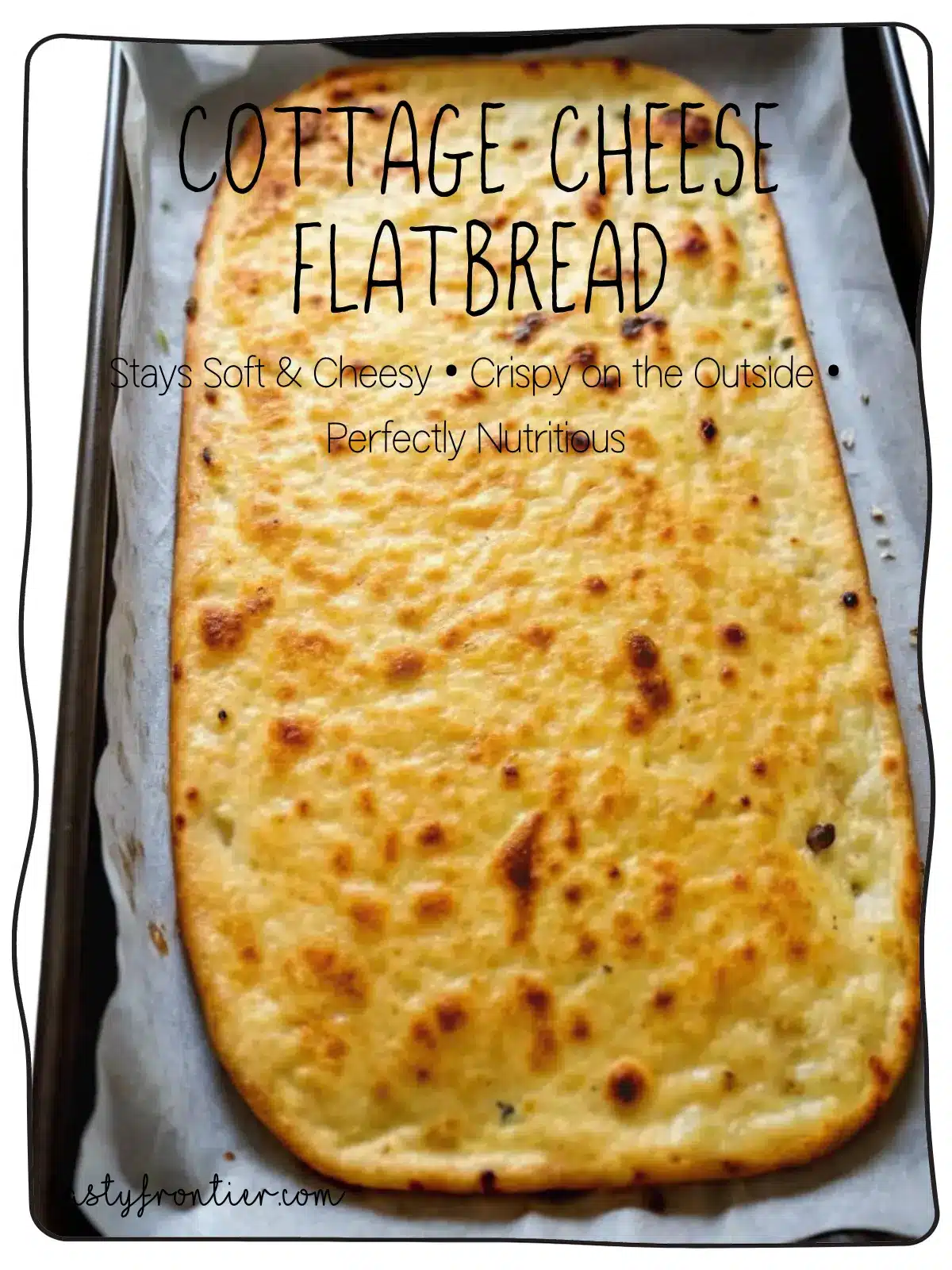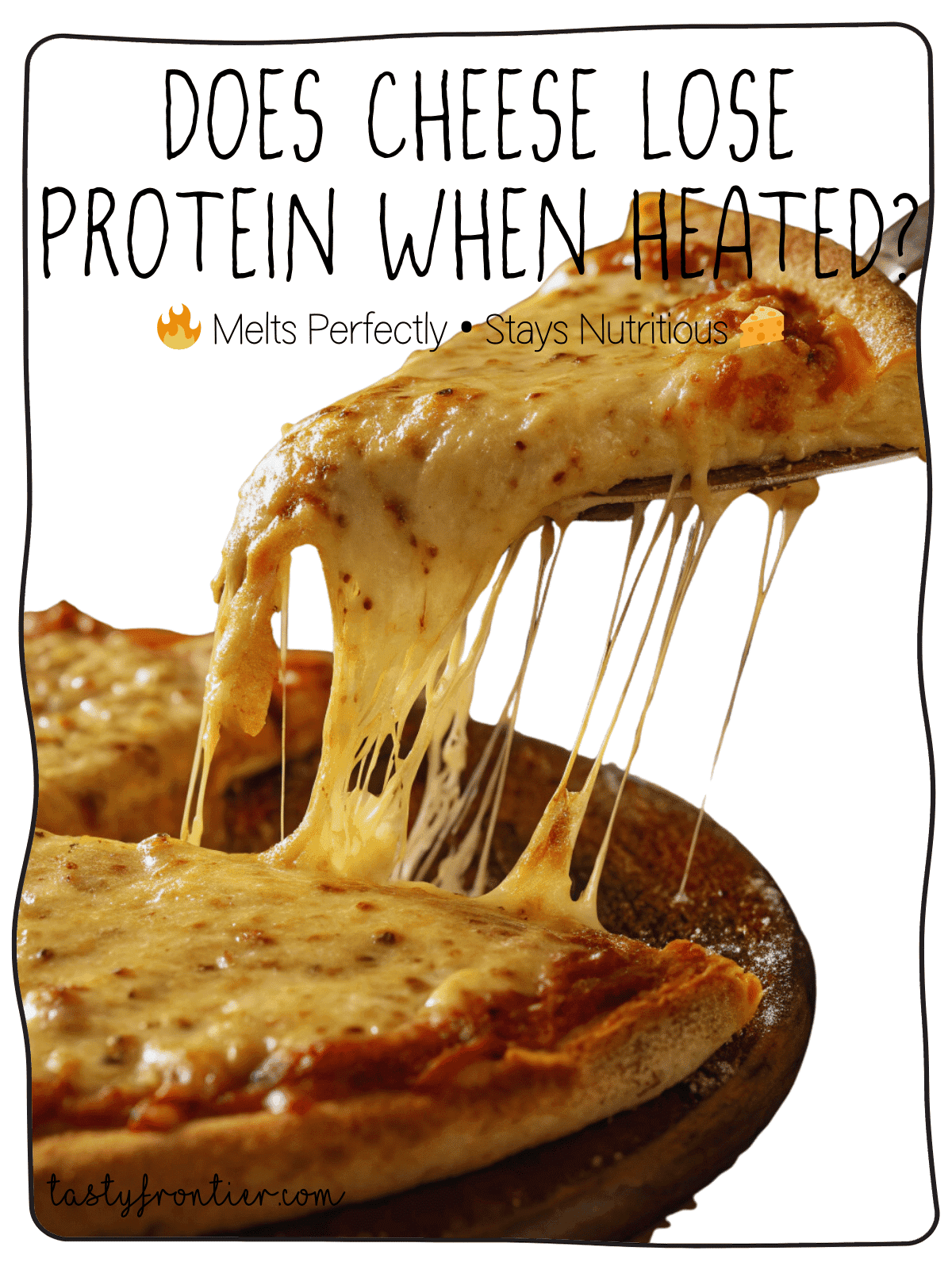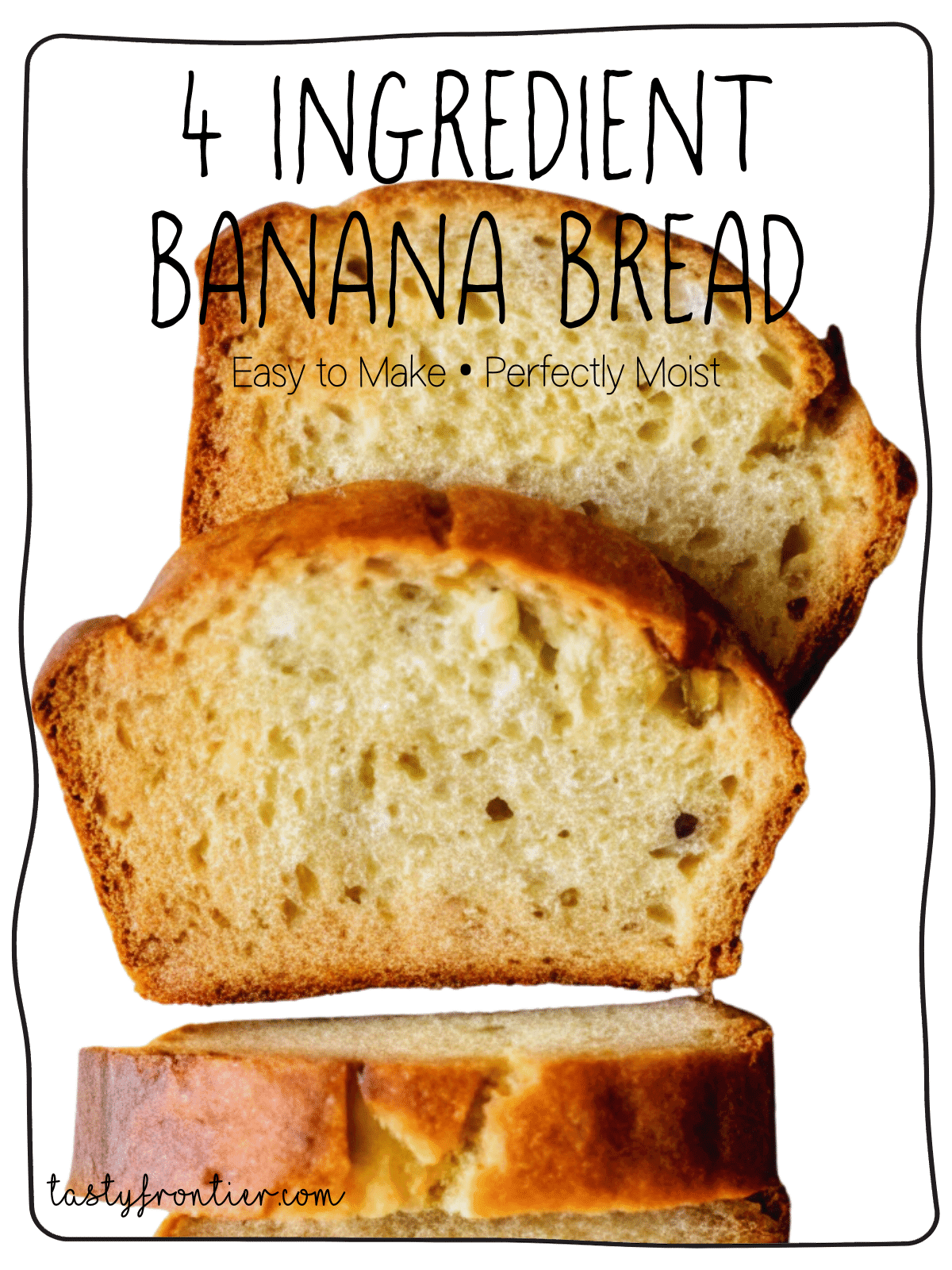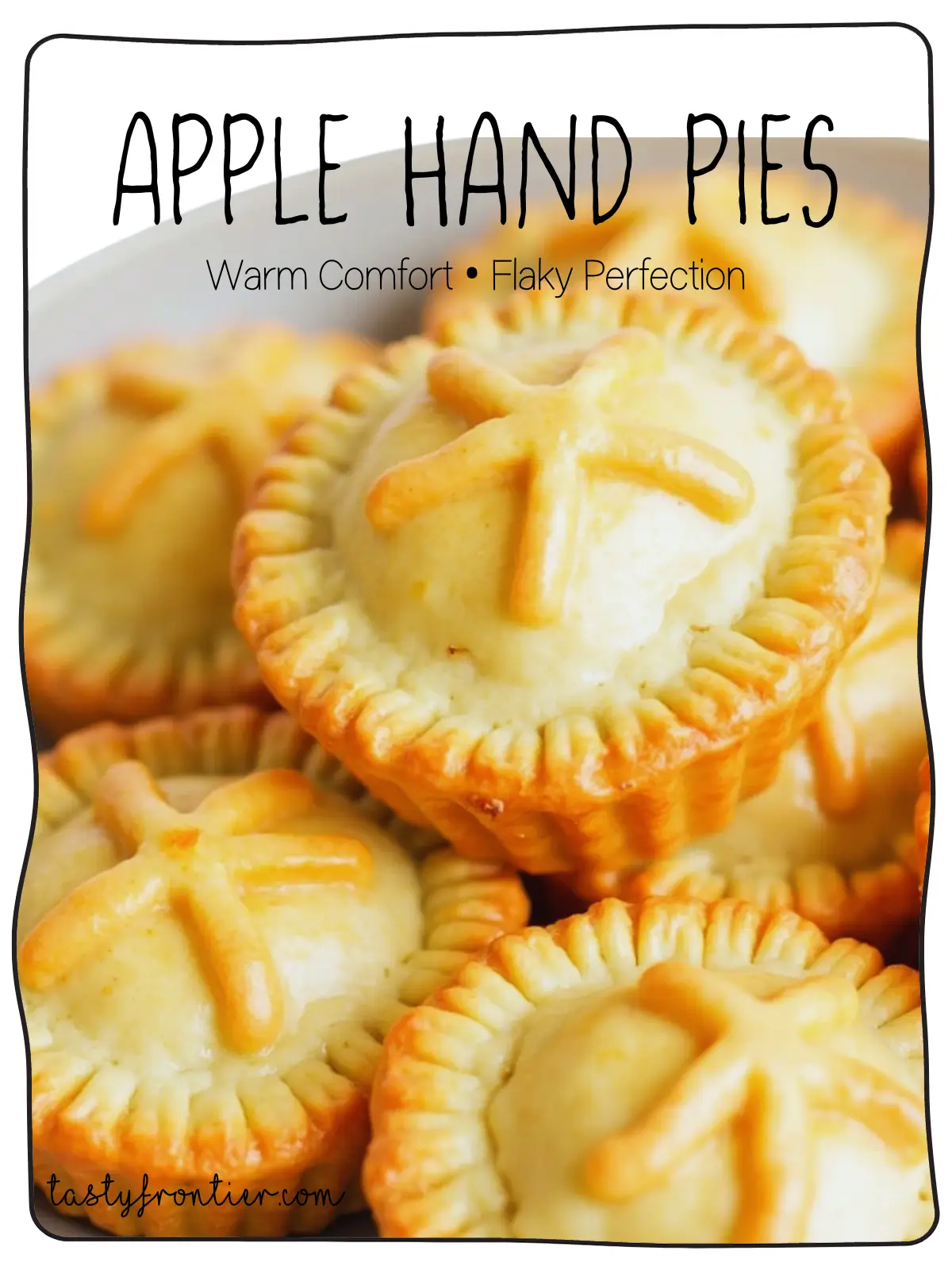What happens if you heat up cottage cheese? Many people wonder whether it melts like other cheeses or if heating affects its texture and nutrition. Unlike meltable cheeses, cottage cheese reacts differently due to its unique composition. Some enjoy warm cottage cheese in dishes like casseroles, pancakes, and pasta, while others worry about curdling and separation.
In this article, we’ll explore what happens when you heat up cottage cheese, how it behaves at different temperatures, and whether it remains a nutritious option after cooking.
Table of Contents
Understanding the Composition of Cottage Cheese
To understand why cottage cheese reacts differently to heat compared to other cheeses, we first need to explore what it’s made of.
1. What Is Cottage Cheese Made Of?
Cottage cheese is a fresh, unripened cheese made from cow’s milk. It has a lumpy, curd-like texture and is usually mixed with a liquid called whey. Here’s what makes up cottage cheese:
| Component | Role in Cottage Cheese | Effect of Heat |
|---|---|---|
| Casein Protein | Main protein that forms curds | Coagulates and firms up |
| Whey Protein | Liquid portion that contains some protein | Separates when heated |
| Moisture (Water & Whey) | Keeps cottage cheese soft and spreadable | Evaporates, making it dry |
| Fat (Varies by Type) | Provides creaminess | Melts slightly but does not make it gooey |
| Lactose (Milk Sugar) | Contributes to taste | Can caramelize at high heat |
How Is Cottage Cheese Different from Other Cheeses?
Unlike aged cheeses like cheddar or mozzarella, cottage cheese is not processed to develop elasticity. It lacks the casein network found in meltable cheeses, meaning it will not turn into a smooth, stringy texture when heated.
2. Why Cottage Cheese Reacts Differently to Heat
When you heat up cottage cheese, you might notice it turns grainy or watery instead of melting. This reaction happens due to the structure of casein and whey proteins.
- Casein proteins coagulate (firm up) with heat, making the texture firmer rather than melty.
- Whey proteins separate, which can cause cottage cheese to become watery or clumpy.
- Moisture loss leads to dryness, which is why heated cottage cheese might not feel as creamy.
Comparison with Meltable Cheeses
| Cheese Type | Melts When Heated? | Texture Change |
|---|---|---|
| Cheddar | ✅ Yes | Smooth, stretchy |
| Mozzarella | ✅ Yes | Gooey, stringy |
| Parmesan | ⚠️ Slightly | Crispy, oily |
| Cottage Cheese | ❌ No | Grainy, watery |
Because of this, cottage cheese is best used in dishes where texture changes are acceptable, such as baked goods or scrambled eggs.
What Happens When You Heat Cottage Cheese?
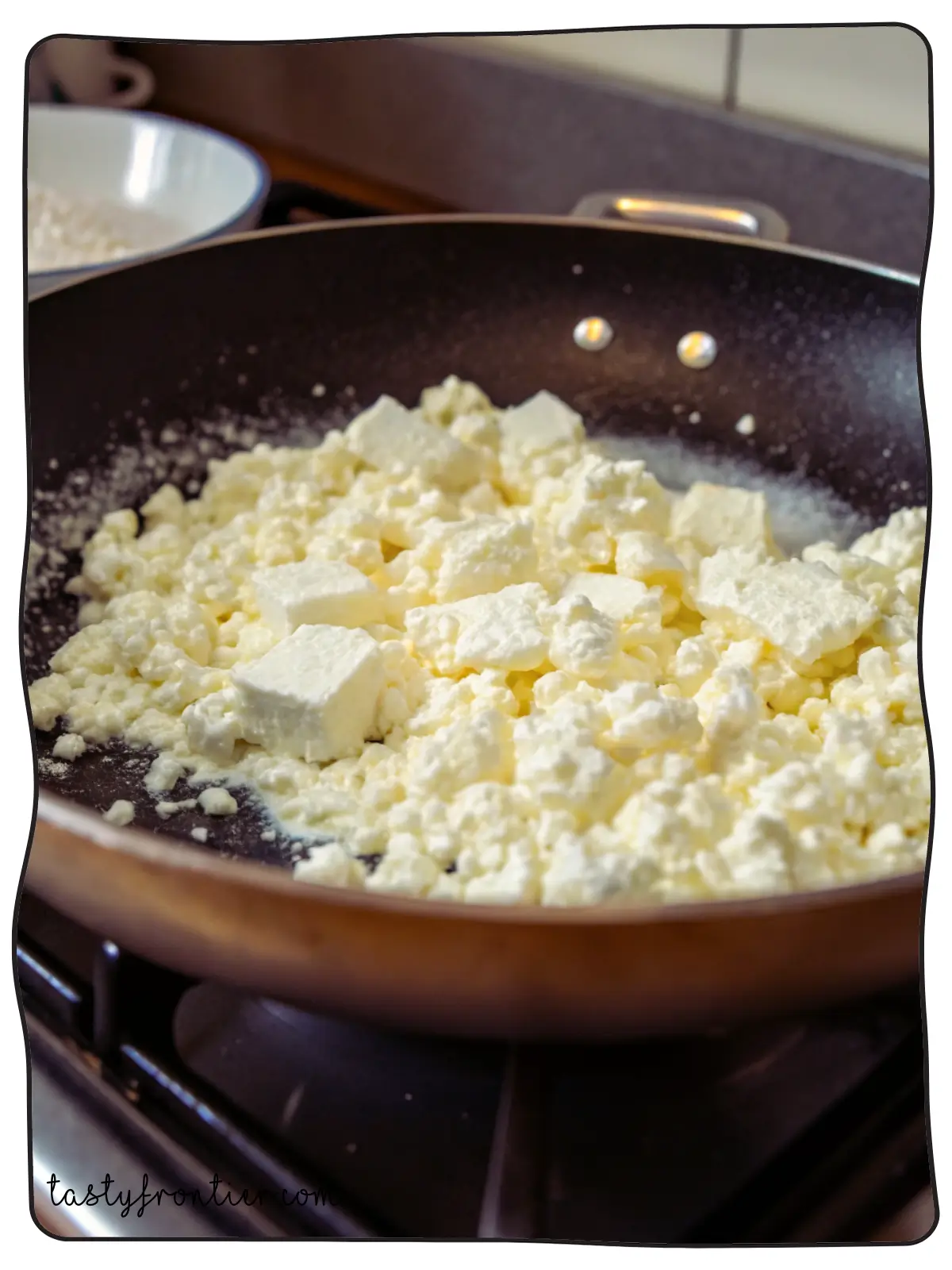
Now that we understand the composition of cottage cheese, let’s explore how it behaves when exposed to heat. Unlike meltable cheeses, cottage cheese undergoes separation and curdling rather than turning smooth and gooey. In this section, we’ll break down the key reactions that occur when you heat cottage cheese and how to minimize unwanted texture changes.
1. Does Cottage Cheese Melt?
Many people assume that all cheeses melt, but cottage cheese does not. Unlike mozzarella or cheddar, which become gooey and stretchy when heated, cottage cheese reacts differently due to its high moisture content and protein structure.
Why Doesn’t Cottage Cheese Melt?
The reason cottage cheese doesn’t melt comes down to two key proteins: casein and whey.
- Casein proteins are already coagulated during the cheese-making process, so they do not break down further like in melting cheeses. Instead, they tighten up when exposed to heat, making the cheese firmer rather than smooth.
- Whey proteins are still present in liquid form, and when heated, they separate from the curds, making the cheese watery and clumpy.
What Happens at Different Temperatures?
| Temperature | Effect on Cottage Cheese |
|---|---|
| Room Temperature (68-72°F / 20-22°C) | Soft and creamy, ideal for cold dishes. |
| Low Heat (100-130°F / 37-54°C) | Slightly thickens but retains moisture. Best for warm dips or sauces. |
| Medium Heat (140-160°F / 60-71°C) | Begins to separate into curds and whey, turning grainy. |
| High Heat (170°F+ / 76°C+) | Full separation occurs, making it dry and clumpy. |
If you want to heat cottage cheese while maintaining its creamy texture, you should keep the temperature low and stir frequently.
2. The Curdling Effect of Heat
One of the biggest challenges of heating cottage cheese is curdling—the process where proteins tighten and liquid separates, making the cheese appear grainy and lumpy.
Why Does Cottage Cheese Curdle?
Curdling happens because proteins contract when exposed to heat. Since cottage cheese contains a high percentage of whey, the separation is more noticeable.
Here’s a simple breakdown of the curdling process:
- Heat causes whey proteins to denature, meaning they change structure and separate from the curds.
- Casein proteins tighten up, making the curds firmer.
- Moisture evaporates, leading to a dry, grainy texture.
How to Prevent Curdling When Heating Cottage Cheese
If you’re warming cottage cheese for a recipe, follow these tips to prevent curdling:
✔ Use low heat – High temperatures cause rapid protein contraction, leading to separation.
✔ Add a liquid – Mixing cottage cheese with milk, cream, or sauce helps maintain creaminess.
✔ Stir frequently – This distributes heat evenly, reducing curdling.
✔ Combine with other ingredients – Adding eggs, butter, or cheese with more fat can help stabilize the texture.
Safe Ways to Heat Cottage Cheese
Now that we know cottage cheese doesn’t melt like other cheeses and tends to curdle when heated, let’s explore the best methods for warming it up. Whether you’re using a microwave, stovetop, or oven, following the right techniques can help preserve its texture and taste.
1. Warming Cottage Cheese in the Microwave
Microwaving is the quickest way to heat cottage cheese, but it also increases the risk of curdling and moisture separation. Here’s how to do it properly:
How to Microwave Cottage Cheese Without Ruining It
- Use a microwave-safe bowl – Avoid plastic containers that may not distribute heat evenly.
- Set power to low or medium (30-50%) – High heat will cause immediate curdling.
- Heat in short intervals (10-15 seconds at a time) – This prevents overheating.
- Stir between intervals – Mixing helps distribute heat and reduces separation.
- Add a liquid (optional) – If you want a smoother texture, mix in a small amount of milk or cream.
Best Uses for Microwaved Cottage Cheese
- Warming it slightly before mixing into recipes
- Softening for easier blending in smoothies or sauces
- Prepping it for scrambled eggs or pasta dishes
2. Stovetop Heating Techniques
If you want more control over the heating process, using a stovetop is a great alternative.
How to Heat Cottage Cheese on the Stove
- Use a non-stick pan – This prevents sticking and uneven heating.
- Set to low heat – Keep the temperature under 160°F (71°C) to avoid curdling.
- Stir continuously – Helps maintain an even texture.
- Combine with other ingredients – Mixing with butter, cream, or eggs helps prevent drying out.
- Remove from heat immediately – Don’t let it sit on the stove too long, or it will turn clumpy.
Best Uses for Stovetop-Heated Cottage Cheese
- Adding to scrambled eggs or omelets
- Mixing into pasta or creamy sauces
- Making warm dips
3. Baking and Cooking with Cottage Cheese
Cottage cheese is a popular ingredient in baked dishes like casseroles, lasagna, and pancakes. In these cases, the moisture in the dish helps stabilize the texture, making curdling less noticeable.
Tips for Baking with Cottage Cheese
✔ Blend it first – Using a food processor can create a smoother texture.
✔ Combine with eggs or flour – This helps absorb excess moisture and reduces separation.
✔ Use full-fat cottage cheese – Low-fat versions contain more whey, increasing the risk of curdling.
Best Baked Dishes Using Cottage Cheese
- Cottage Cheese Pancakes – Adds protein and moisture.
- Lasagna or Pasta Bake – Works as a ricotta substitute.
- Cheese Casseroles – Adds creaminess to baked dishes.
Nutritional Impact of Heating Cottage Cheese
Cottage cheese is widely known for its high protein content, calcium, and essential vitamins, making it a nutritious addition to any diet. However, does heating it alter its nutritional value? In this section, we’ll explore how cooking affects protein, vitamins, and minerals in cottage cheese and whether it remains a healthy choice when warmed.
Curious about how heat affects protein in cheese? Learn more about whether cheese loses protein when heated.
1. Does Cooking Reduce Protein Content?
One of the biggest concerns people have when heating cottage cheese is whether it loses protein. The good news is that cooking does not destroy protein, but it does cause some structural changes.
How Heat Affects Protein in Cottage Cheese
| Temperature Range | Effect on Protein |
|---|---|
| Below 160°F (71°C) | No significant changes, protein remains intact. |
| 160-180°F (71-82°C) | Protein starts to denature, but still provides the same nutritional benefits. |
| Above 180°F (82°C) | Proteins become firmer, and whey separates more, but total protein content remains unchanged. |
Denaturation is a natural process where proteins unfold and change shape when exposed to heat. This is the same thing that happens when you cook an egg—it becomes firmer, but the protein is still there and usable by the body.
So, while cottage cheese may change texture when heated, its protein remains just as effective for muscle growth and repair.
2. Changes in Vitamin and Mineral Content
Like all dairy products, cottage cheese contains important vitamins and minerals such as calcium, B vitamins, and phosphorus. However, heat can affect some of these nutrients.
Does Heating Destroy Vitamins in Cottage Cheese?
- Calcium – Remains stable when heated, making warm cottage cheese just as good for bone health.
- Vitamin B12 – Sensitive to heat, and some loss may occur at temperatures above 160°F (71°C).
- Other B Vitamins (B1, B2, B3, B6, Folate) – Mildly affected by heat, but losses are minimal when cottage cheese is cooked in a dish.
| Vitamin/Mineral | Is It Affected by Heat? | What Happens? |
|---|---|---|
| Protein | ❌ No | Remains intact but changes texture. |
| Calcium | ❌ No | Heat does not affect calcium. |
| Vitamin B12 | ⚠️ Yes | Some loss occurs at high temperatures. |
| B Vitamins (B1, B2, B3, B6, Folate) | ⚠️ Minimal | Slight reduction, but not enough to impact nutrition significantly. |
To preserve vitamins, avoid overheating cottage cheese and use gentle cooking methods like low-heat baking or mixing it with other ingredients.
Is Heated Cottage Cheese Healthy?
Now that we know heating cottage cheese doesn’t significantly reduce its protein or mineral content, let’s explore whether it remains a healthy option when warmed. While cottage cheese is already packed with protein, calcium, and essential nutrients, heating it changes its texture and may affect its digestibility for some people. In this section, we’ll discuss the health benefits of warm cottage cheese and who might need to avoid it.
1. Health Benefits of Warm Cottage Cheese
Retains High-Quality Protein
Cottage cheese is an excellent source of casein protein, which digests slowly and helps with muscle repair and growth. Since heat does not destroy protein, eating warm cottage cheese still provides the same muscle-building benefits as when eaten cold.
Provides Calcium for Bone Health
Calcium is essential for strong bones and teeth, and cottage cheese remains a great calcium source, even when heated. Cooking it in dishes like lasagna, pancakes, or casseroles still provides the same bone-strengthening benefits.
Supports Weight Loss and Satiety
Cottage cheese is low in calories but high in protein, making it a great food for weight management. Since protein increases satiety (feeling full for longer), adding warm cottage cheese to meals can help prevent overeating.
Can Aid Digestion (If Properly Heated)
When eaten warm, cottage cheese may be easier to digest for some people, especially when mixed with other ingredients like oats, eggs, or vegetables. However, overheating can lead to separation, which might not be pleasant for some.
2. Who Should Avoid Heated Cottage Cheese?
While warm cottage cheese is healthy for most people, there are some exceptions where it might not be the best choice.
1. People with Lactose Intolerance
Cottage cheese contains lactose, a natural sugar in dairy that can cause digestive issues like bloating, gas, and diarrhea for those who are lactose intolerant. Heating does not reduce lactose, so those who are sensitive should choose lactose-free cottage cheese instead.
2. Those with Dairy Allergies
If you have a milk allergy, you should avoid cottage cheese in any form, whether warm or cold. Even small amounts can trigger allergic reactions, including skin rashes, digestive distress, or breathing difficulties.
3. People Sensitive to Texture Changes
Some people find the grainy, separated texture of heated cottage cheese unpleasant. If you prefer a smooth consistency, try blending it before heating or mixing it into dishes where texture changes are less noticeable, like baked casseroles or pancakes.
4. Individuals on a Low-Sodium Diet
Some brands of cottage cheese contain high levels of sodium, which may not be suitable for those with high blood pressure or heart conditions. If you’re watching your sodium intake, opt for low-sodium cottage cheese when using it in warm dishes.
Best Recipes Using Heated Cottage Cheese
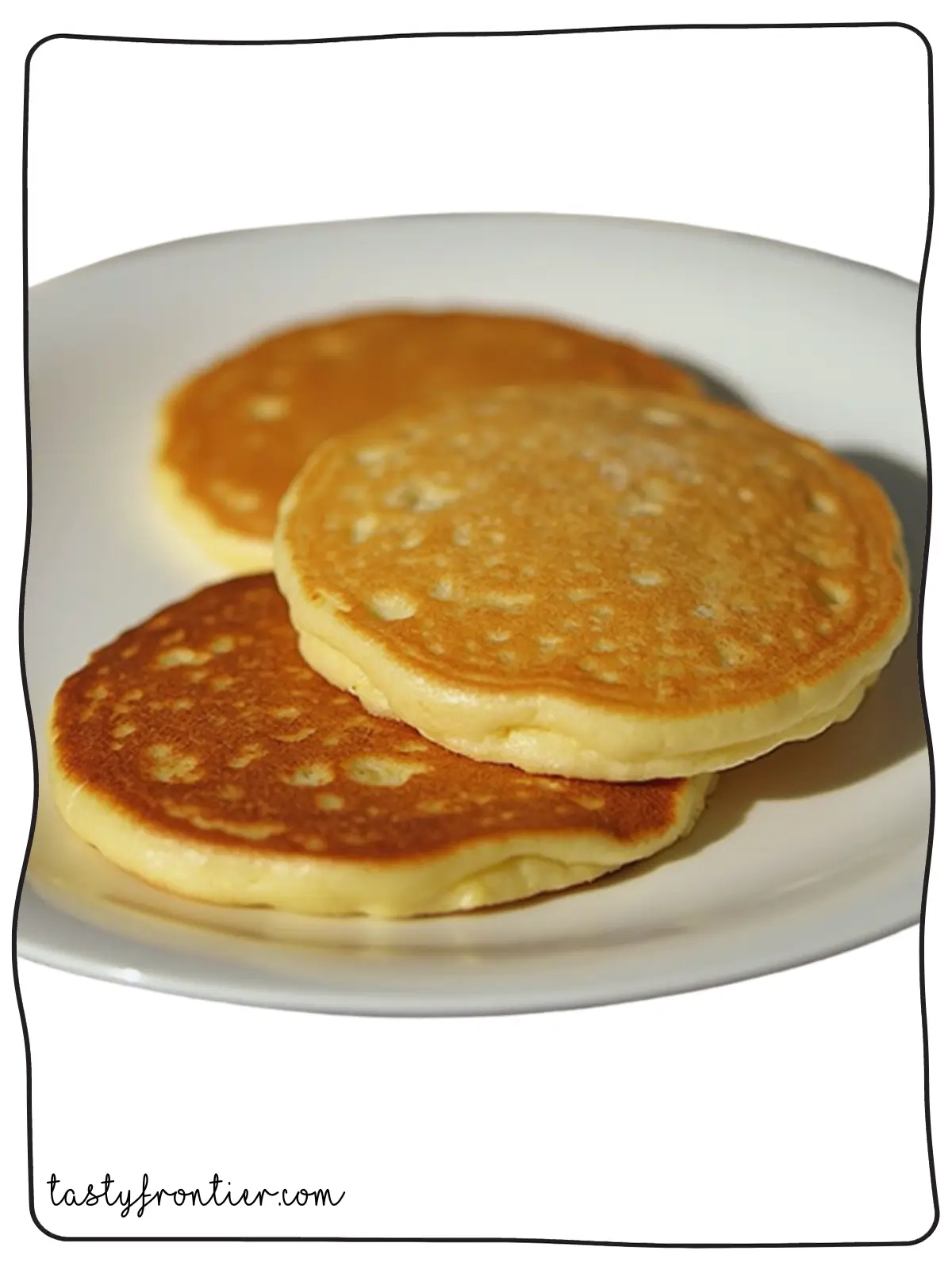
Cottage cheese is not just a snack—it’s a versatile ingredient that adds creaminess, moisture, and protein to a variety of dishes. When heated, it brings a unique texture and tang that works wonderfully in both sweet and savory recipes. Let’s explore some of the best ways to use heated cottage cheese in your cooking!
Looking for a creative way to use cottage cheese? Check out this easy 1-ingredient cottage cheese chips recipe.
1. Scrambled Cottage Cheese with Eggs
This dish is perfect for a high-protein breakfast! Cottage cheese adds creaminess and a little extra tang to your morning scramble.
How to Make Scrambled Eggs with Cottage Cheese:
- Ingredients:
- 3 large eggs
- 1/4 cup cottage cheese (full-fat works best)
- 1 tbsp butter or olive oil
- Salt and pepper to taste
- Chopped chives or parsley for garnish (optional)
- Instructions:
- In a bowl, whisk together eggs and cottage cheese until well combined.
- Heat a non-stick skillet over medium-low heat and add butter or olive oil.
- Pour in the egg mixture and cook, stirring gently, until the eggs are soft and creamy.
- Season with salt and pepper, garnish with chives or parsley, and serve warm.
Pro Tip: Add a splash of milk or cream to the eggs for extra fluffiness!
2. Baked Cottage Cheese Casseroles
Casseroles are comfort food at its best, and adding cottage cheese not only boosts protein but also keeps the dish moist and creamy.
Classic Cottage Cheese and Spinach Casserole:
- Ingredients:
- 2 cups cottage cheese
- 1 package (10 oz) frozen spinach, thawed and drained
- 1/2 cup shredded cheddar cheese
- 2 eggs
- 1/4 cup breadcrumbs
- Salt, pepper, and nutmeg to taste
- Instructions:
- Preheat oven to 350°F (175°C). Grease a baking dish.
- In a large bowl, mix cottage cheese, spinach, cheddar cheese, eggs, and breadcrumbs.
- Season with salt, pepper, and a pinch of nutmeg.
- Pour mixture into prepared dish and bake for 25-30 minutes, until set and golden brown on top.
Pro Tip: Top with extra cheddar in the last 5 minutes of baking for a cheesy crust!
3. Warm Cottage Cheese Pancakes
Cottage cheese pancakes are fluffy, protein-packed, and perfect for a satisfying breakfast or brunch.
How to Make Cottage Cheese Pancakes:
- Ingredients:
- 1 cup cottage cheese
- 3 large eggs
- 1/2 cup flour (all-purpose or whole wheat)
- 1/4 cup milk
- 1 tbsp sugar
- 1/2 tsp baking powder
- Pinch of salt
- Butter or oil for cooking
- Instructions:
- In a bowl, whisk together cottage cheese, eggs, milk, and sugar until smooth.
- Add flour, baking powder, and salt, and stir until just combined. The batter will be thick.
- Heat a skillet over medium heat and coat with butter or oil.
- Pour 1/4 cup of batter per pancake and cook until bubbles form on the surface, then flip and cook until golden.
- Serve warm with fresh fruit, honey, or syrup.
Pro Tip: Add blueberries or chocolate chips to the batter for a fun twist!
Want a cozy, protein-rich dinner? Try this Rotisserie Chicken and Stuffing Casserole.
Common Mistakes When Heating Cottage Cheese
Heating cottage cheese can be tricky—too much heat, and it becomes dry and grainy; too little, and it may not integrate well into your dish. In this section, we’ll cover the most common mistakes people make when warming cottage cheese and how to avoid them for a smooth, creamy result.
1. Heating Too Fast
One of the biggest mistakes when warming cottage cheese is using high heat too quickly. Since cottage cheese has a high moisture content and delicate proteins, excessive heat causes:
✔ Rapid whey separation, leaving a watery mess.
✔ Curds tightening up, making it grainy and rubbery.
How to Avoid This:
✅ Use low or medium-low heat when cooking.
✅ Heat slowly and stir frequently to distribute warmth evenly.
✅ When microwaving, use 50% power and heat in 10-15 second intervals while stirring.
2. Not Adding Moisture
Cottage cheese contains whey, which naturally keeps it soft. When heated, some of this moisture evaporates, making the cheese dry.
How to Keep Cottage Cheese Creamy When Heated:
✅ Add a splash of milk, cream, or butter when warming it up.
✅ Mix with eggs or sauces to help retain moisture.
✅ Use full-fat cottage cheese—it holds up better to heat than low-fat versions.
3. Overcooking Cottage Cheese
The longer cottage cheese is heated, the more likely it will become hard and rubbery. Overcooking also destroys some B vitamins that are heat-sensitive.
How to Prevent Overcooking:
✅ Remove cottage cheese from heat as soon as it’s warmed through.
✅ In baked dishes, add cottage cheese toward the end of cooking to minimize exposure to high temperatures.
✅ Use low and slow cooking methods for a better texture.
4. Using the Wrong Type of Cottage Cheese
Not all cottage cheese is the same! Low-fat and fat-free varieties contain more whey, making them more likely to separate when heated.
Best Cottage Cheese for Heating:
✔ Full-fat cottage cheese (4%) – Holds texture better.
✔ Small curd cottage cheese – Blends more smoothly.
✔ Pressed dry cottage cheese – Ideal for baking, as it has less moisture.
5. Expecting It to Melt Like Other Cheeses
Cottage cheese does not melt like mozzarella or cheddar. Instead, it softens and separates when heated.
How to Work Around This:
✔ Use it in dishes where texture changes don’t matter, like pancakes, casseroles, or pasta bakes.
✔ Blend it before heating if you want a smoother consistency.
✔ Mix with meltable cheeses (e.g., mozzarella, cheddar) in baked dishes for a better texture.
Final Thoughts on Avoiding Cottage Cheese Heating Mistakes
| Mistake | Why It’s a Problem | How to Fix It |
|---|---|---|
| High heat | Causes curdling and separation | Use low to medium heat and stir frequently |
| No added moisture | Makes the cheese dry and grainy | Mix with milk, butter, or eggs |
| Overcooking | Tough, rubbery texture | Heat only until warm, not bubbling |
| Using low-fat versions | More prone to separation | Opt for full-fat cottage cheese |
| Expecting it to melt | Cottage cheese does not melt | Use in mixed dishes or blend first |
By avoiding these mistakes, you can successfully warm cottage cheese without ruining its texture or nutritional benefits.
FAQs About Heating Cottage Cheese
1. Is it okay to heat cottage cheese?
Yes! Cottage cheese can be safely heated, but it does not melt like traditional cheeses. Instead, it may become grainy or watery due to protein coagulation and whey separation. The key to heating it properly is using low heat and adding moisture if necessary.
✔ Safe to heat
✔ Best for baked dishes, scrambled eggs, or creamy sauces
✔ Works well when mixed with other ingredients
2. What happens if cottage cheese gets warm?
When cottage cheese is warmed, two things can happen:
Curds tighten – The casein proteins firm up, making the texture grainier.
Whey separates – The liquid in cottage cheese may become more noticeable.
If heated gently and mixed well, cottage cheese remains creamy and blends nicely into dishes.
3. Is it safe to warm cottage cheese in the microwave?
Yes, but you must do it carefully to avoid separation and dryness.
How to microwave cottage cheese properly:
✅ Use low power (30-50%) to prevent curdling.
✅ Heat in short intervals (10-15 seconds at a time) and stir in between.
✅ Add a splash of milk or butter for a smoother texture.
⚠ Avoid microwaving at high heat, or it will turn lumpy and watery.
4. Does cottage cheese lose its protein when cooked?
No, cooking does not destroy the protein in cottage cheese. While heat causes protein denaturation, which changes its structure, the nutritional value remains the same. This means your body can still absorb and use the protein for muscle repair, growth, and overall health.
However, heating cottage cheese at very high temperatures for long periods can make it firmer and drier, which might alter the texture but not the protein content. To retain a smooth consistency, it’s best to cook it at low to moderate heat and combine it with other ingredients like eggs, milk, or sauces.
5. Is cooked cottage cheese healthy?
Yes! Heated cottage cheese retains its protein, calcium, and most vitamins, making it a healthy choice in warm dishes. The only minor downside is a small loss of B vitamins when exposed to high heat.
✔ Good for muscle repair and weight management
✔ High in calcium for strong bones
✔ Great in high-protein meals like pancakes, casseroles, and eggs
6. Is it safe to heat cheese?
Yes, heating cheese is safe, but different cheeses react differently to heat. Some cheeses, like mozzarella and cheddar, melt smoothly, while others, like parmesan, become crispy when heated. Cottage cheese, on the other hand, does not melt due to its unique curd structure. Instead, it softens slightly but can become grainy or watery if overheated.
To safely heat cheese, it’s important to use the right temperature and method. For meltable cheeses, low and slow heat works best, while cottage cheese is ideal for baked dishes, scrambled eggs, or creamy sauces rather than as a melting cheese.
How to Best Enjoy Heated Cottage Chees
Cottage cheese is a versatile and nutritious ingredient that can be enjoyed warm, but it requires the right heating methods to maintain its texture and flavor. Unlike meltable cheeses, it does not become gooey when heated. Instead, it may firm up or release moisture, which can be either an advantage or a challenge, depending on the dish.
Key Takeaways on Heating Cottage Cheese
✔ Heating cottage cheese is safe, but it won’t melt like traditional cheeses.
✔ It retains its protein and calcium, making it a healthy choice for warm dishes.
✔ Using low heat and adding moisture helps prevent dryness and curdling.
✔ Best used in mixed dishes like scrambled eggs, pancakes, casseroles, and pasta.
✔ Avoid high heat and long cooking times to preserve nutrients and texture.
Best Ways to Use Heated Cottage Cheese
- Stir into scrambled eggs for a creamy texture.
- Blend into pancake batter for a protein boost.
- Mix with pasta or sauces for a creamy, tangy addition.
- Bake into casseroles and lasagna for added richness.
- Use in desserts like cheesecakes or muffins for moisture and protein.
Final Thoughts
While cottage cheese behaves differently than meltable cheeses, it remains a delicious, high-protein ingredient that works well in many warm dishes. By using the right cooking techniques, you can enjoy its benefits without compromising its texture or nutritional value.
So, whether you’re whipping up a savory breakfast, a high-protein snack, or a comforting casserole, don’t hesitate to incorporate warm cottage cheese into your meals!

